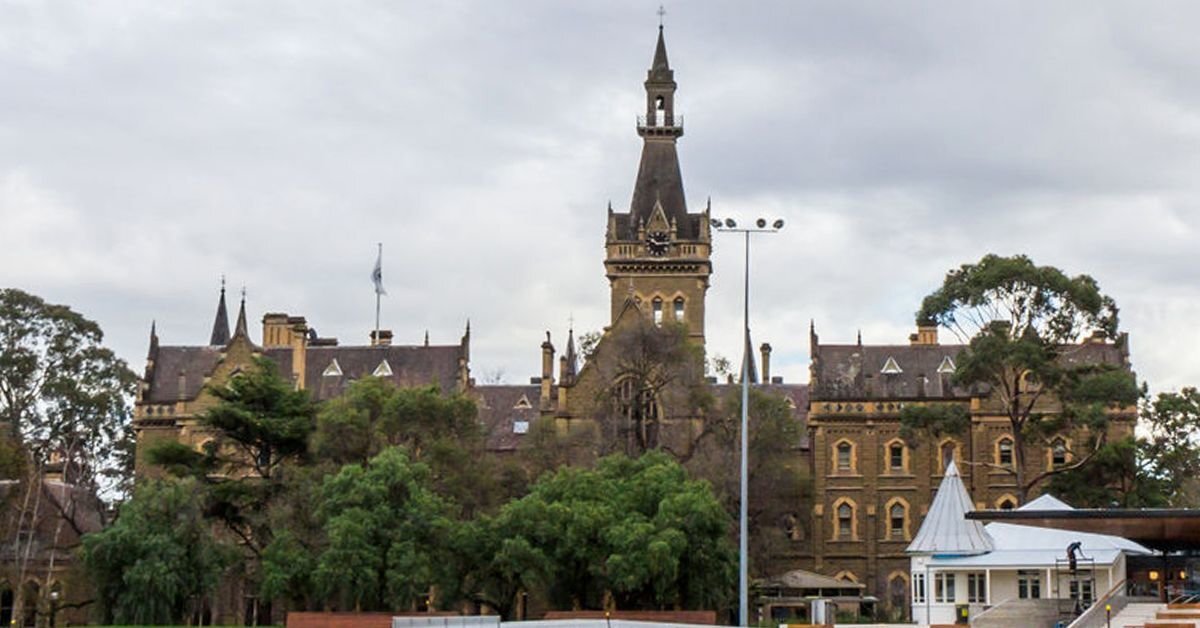A write down by listed investment company Blue Sky Alternative Investments, of their student accommodation assets, has raised the eyebrows of many investors in this growing property development sector.
Blue Sky told investors in mid-May that their asset re-valuations would see the 2017-2018 profit take a reduction of $7 million. Of this, Blue Sky's student accommodation will be the most affected, with the carrying value of one fund slashed by 35%.
The write down brings cause for alarm as investors look to determine if this is the result of an oversupply through the sector, or an unfortunate isolated problem inherent to Blue Sky.
Is there an oversupply?
A Savills report published by Conal Newland in April reveals that 7,793 new student bedrooms will be delivered in 2018. This will see the total rise to 46,753 at the start of the second semester.
Newland however believes that “the Australian student accommodation market is in a ‘catch-up’ mode coming from a historically low supply of University and College accommodation.
"(Savills) does not consider that at this stage any of the major Australian markets are reaching a supply saturation point.”
A promising land-Scape
In contrast to Blue Sky’s recent write down, student accommodation heavyweight Scape Australia has secured backing from two European institutional investors and a Middle Eastern sovereign wealth fund to close out a new $500 million fund.
This new fund is the second commenced by Scape in Australia as they look to grow their portfolio of student accommodation facilities. This will fuel a project pipeline that could see as many as 10,000 new student rooms being developed over the coming years.
A call for better quality and affordable accommodation
Hayball principal architect, Thomas Gilbert, has warned that the student accommodation sector is experiencing an over-supply of studio-style developments. If the market is too slow to correct, Gilbert suggests that the market may be left with a legacy of “anonymous” buildings.
Gilbert has noticed that the sector is “definitely getting better”, with a recent announcement of projects that follow the ‘college model’ of shared apartments.
“But there’s been so much developed in the last three or four years that there was a lot of oversupply of the singular studio model, and a lot of architects were slow to adapt to what the students really wanted,” Gilbert says.
“We need to lead with this quality of student accommodation project to keep the students coming from overseas.”
International students are increasingly important to Australian universities as they comprise a significant proportion of the prospected income.
A Knight Frank report into student housing has found that “although Australian universities have diversified their sources of income, on average almost 20% of their operating revenue is derived from international student fees (2015, DET) rising to 30% at some institutions.”
The report looked at the number of purpose built student accommodation bed-spaces against the number of full-time higher education international students to reveal a theoretical ratio of 3.6:1 – highlighting the additional demand for quality and affordable student accommodation.
Paul Savitz, Director of Research and Consulting at Knight Frank, noted that due to the current increase in housing affordability across the major cities (in particular Sydney and Melbourne) Knight Frank “anticipate there to be higher levels of demand at the more affordable end of the market.”
“A lack of good quality and affordable PBSA bed-spaces could be detrimental to a university’s reputation and ability to recruit the best students.”
Staying alert
While the write down of assets by Blue Sky does not at this stage appear to be indicative of a wider spread issue in the sector, it remains important to stay wary of oversupply.
The student accommodation sector has been experiencing significant growth, and on the surface, appears a relatively lucrative opportunity for developers. However, as is often the case, it is the property developers that focus on meeting the needs of the users, both in terms of quality and affordability, that will truly succeed.










